Creating a dedicated practice space for your ukulele playing can make all the difference in your musical journey. Whether you're a beginner just starting out or an experienced player looking to take your skills to the next level, having a comfortable and inspiring environment can enhance your focus, motivation, and overall enjoyment of playing the ukulele. In this article, we'll explore some tips and ideas for building the perfect ukulele practice space that will inspire you to play, learn, and grow as a musician.
Tip #1: Choose the Right Location
The first step in building your ukulele practice space is choosing the right location. Ideally, your practice space should be quiet, comfortable, and free from distractions. Whether it's a spare room, corner of your bedroom, or even a cozy spot in the living room, find a space where you can focus on your music without interruption. Ventilation and light are some factors you may want to keep an eye on.
Pro Tip: Consider the acoustics of the space around you. Does it echo, does it resonate when you sing loudly or clap your hands ? You might want to dampen unwanted resonance. Use Basotect/Melamine foam and see how it cleans up the sound around you !
Tip #2: Invest in Quality Equipment
To create an inspiring practice space, invest in quality equipment that will enhance your playing experience. This includes a comfortable chair or stool, a sturdy music stand to hold your sheet music or tablet, and, of course, a high-quality ukulele that suits your playing style and preferences.
Pro Tip: Look for accessories like a ukulele stand or wall mount to keep your instrument safely stored and easily accessible when not in use. This will help protect your ukulele from damage and encourage you to practice more frequently. And do go for an armless chair !
Tip #3: Personalize Your Space
Make your ukulele practice space your own by adding personal touches and decorations that inspire creativity and motivation. Hang up posters of your favorite musicians or album covers, display photos of memorable musical moments, or incorporate plants and artwork to create a cozy and inviting atmosphere.
Pro Tip: Consider adding acoustic treatments like rugs, curtains, or wall-mounted sound panels to improve the acoustics of your practice space and reduce unwanted noise and echoes. This will create a more pleasant and immersive listening environment for your playing.
Tip #4: Organize Your Materials
Keep your practice space tidy and organized by storing your ukulele, sheet music, and other accessories in designated areas. Invest in storage solutions like shelves, bins, or drawers to keep your space clutter-free and make it easy to find what you need when you sit down to practice.
Pro Tip: Create a practice routine or schedule and keep it visible in your practice space as a reminder to practice regularly. Setting specific goals and milestones for your practice sessions will help keep you motivated and on track to achieving your musical aspirations.
Tip #5: Embrace Technology
Take advantage of technology to enhance your ukulele practice experience. Use apps and online resources to access tutorials, chord charts, backing tracks, and interactive lessons that can help you learn new songs, improve your technique, and track your progress.
Pro Tip: Consider investing in a digital tuner, drum machine, or recording device to help you fine-tune your playing, maintain steady rhythm, and capture your musical ideas and performances. These tools can be valuable aids in your practice routine and contribute to your growth as a musician.
Conclusion
By following these tips and ideas for building your ukulele practice space, you can create an inspiring environment that will fuel your passion for music and support your journey as a ukulele player. Whether you're practicing scales, learning new songs, or simply enjoying the sound of your ukulele, having a dedicated space that is comfortable, organized, and personalized to your tastes will enhance your enjoyment and productivity. So, take the time to create your own ukulele oasis and watch as your musical skills and creativity flourish!




 t.akustik Melamine Wedges 30 WH
t.akustik Melamine Wedges 30 WH
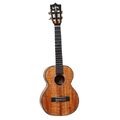
 Kamaka Tenor Deluxe 2 Ipuka HF-3D2I
Kamaka Tenor Deluxe 2 Ipuka HF-3D2I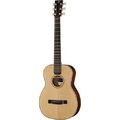
 Furch LJ-11 SC Limited Little Jane
Furch LJ-11 SC Limited Little Jane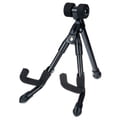
 Millenium US-2010
Millenium US-2010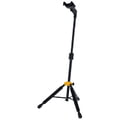
 Hercules Stands HCUKS-100B
Hercules Stands HCUKS-100B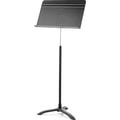
 Manhasset 48 Symphony Music Stand
Manhasset 48 Symphony Music Stand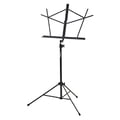
 On-Stage Music Stand SM7122 Black
On-Stage Music Stand SM7122 Black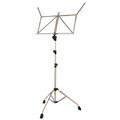
 K&M 107 Music Stand Nickel
K&M 107 Music Stand Nickel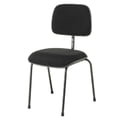
 Roadworx Orchestra Chair
Roadworx Orchestra Chair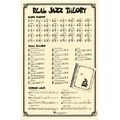
 Hal Leonard Real Jazz Theory Poster
Hal Leonard Real Jazz Theory Poster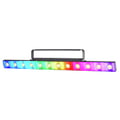
 Varytec Colors StarBar 12
Varytec Colors StarBar 12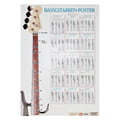
 Voggenreiter Poster Bass Guitars
Voggenreiter Poster Bass Guitars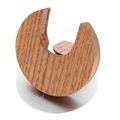
 Openhagen HangWithMe Ukulele Oak
Openhagen HangWithMe Ukulele Oak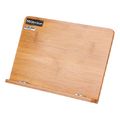
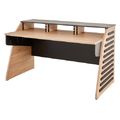
 Thomann Creative Desk 159 Oak
Thomann Creative Desk 159 Oak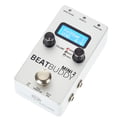
 Singular Sound BeatBuddy Mini 2
Singular Sound BeatBuddy Mini 2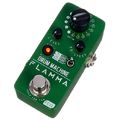
 Flamma FC12 Drum Machine
Flamma FC12 Drum Machine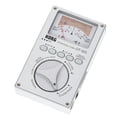
 Korg OT120
Korg OT120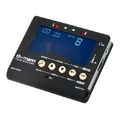
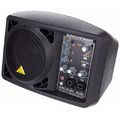
 Behringer B205D
Behringer B205D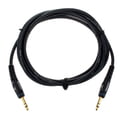
 Daddario PW-GS-10
Daddario PW-GS-10
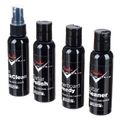
 Fender CS Deluxe Guitar Care Kit
Fender CS Deluxe Guitar Care Kit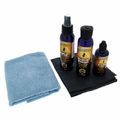
 MusicNomad Premium Guitar Care Kit
MusicNomad Premium Guitar Care Kit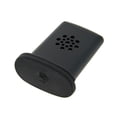
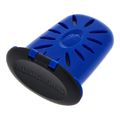
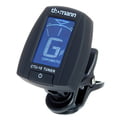
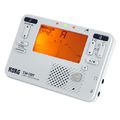
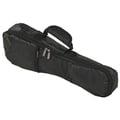
 Rockbag RB20000B Soprano Ukulele Bag
Rockbag RB20000B Soprano Ukulele Bag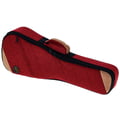
 Ortega OSOCAUK-CC-BX Soft Case Concer
Ortega OSOCAUK-CC-BX Soft Case Concer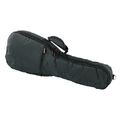
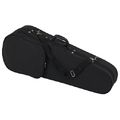
 Kala Baritone Ukulele Foam Hardcase
Kala Baritone Ukulele Foam Hardcase

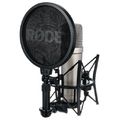
 Rode NT1-A Complete Vocal Recording
Rode NT1-A Complete Vocal Recording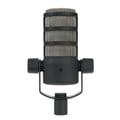
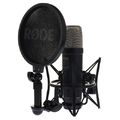
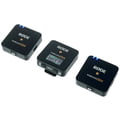
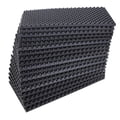
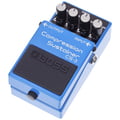
 Boss CS-3 Compression Sustainer
Boss CS-3 Compression Sustainer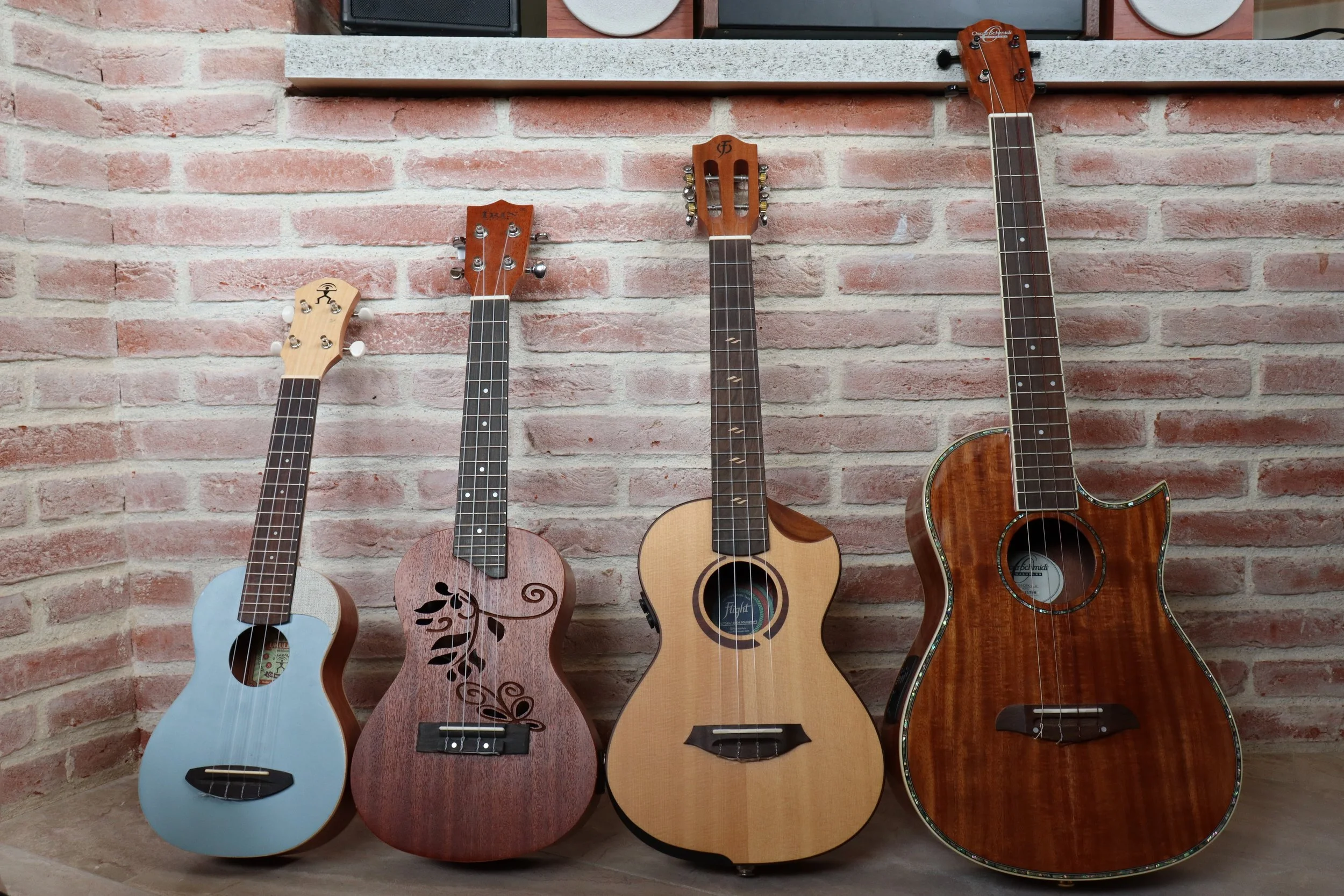
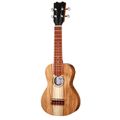
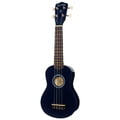
 Harley Benton UK-12 Soprano Ukulele Blue
Harley Benton UK-12 Soprano Ukulele Blue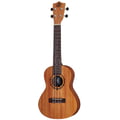
 Bumblebee Ukuleles BUC23 Concert Natural
Bumblebee Ukuleles BUC23 Concert Natural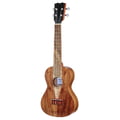
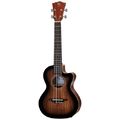
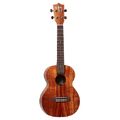
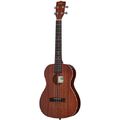
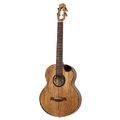
 Flight Fireball EQ-A Baritone Ukulele
Flight Fireball EQ-A Baritone Ukulele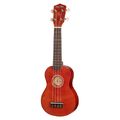
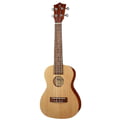
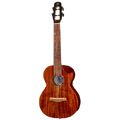
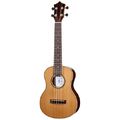
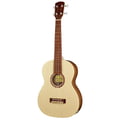
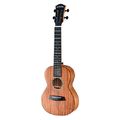
 Cascha HH2348 Acacia Concert Ukulele
Cascha HH2348 Acacia Concert Ukulele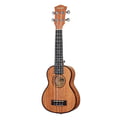
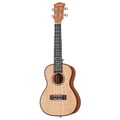
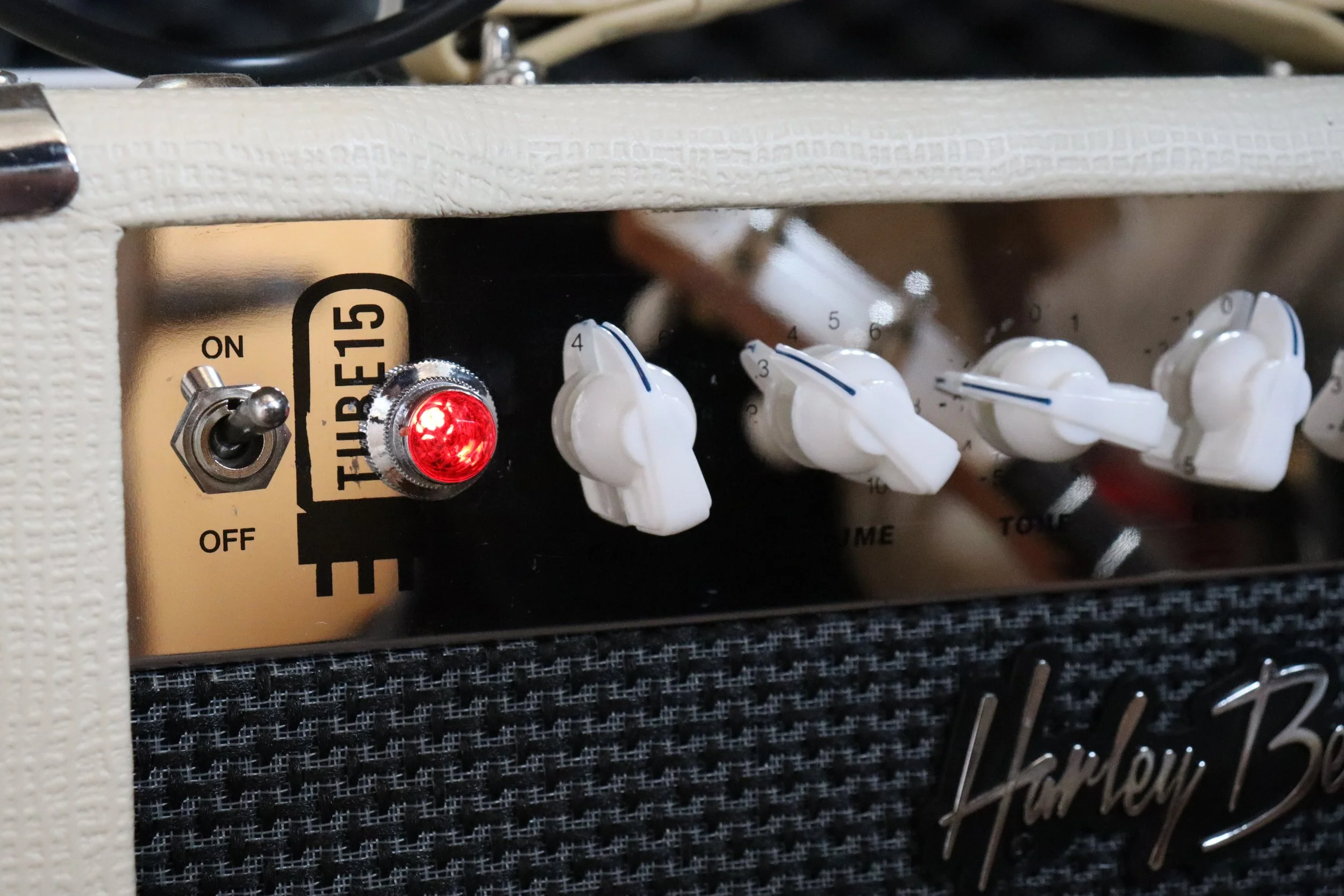
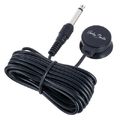
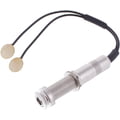
 K&K Aloha Twin
K&K Aloha Twin
 Friedman IR-D Preamp
Friedman IR-D Preamp
 Eventide Mixing Link Mic Preamp
Eventide Mixing Link Mic Preamp
 Proco Rat 2 Distortion
Proco Rat 2 Distortion
 Nux B-8 Wireless-System Git/Bass
Nux B-8 Wireless-System Git/Bass
 the t.amp E-800
the t.amp E-800

 Roland KC-80
Roland KC-80
 Marshall JVM410H
Marshall JVM410H